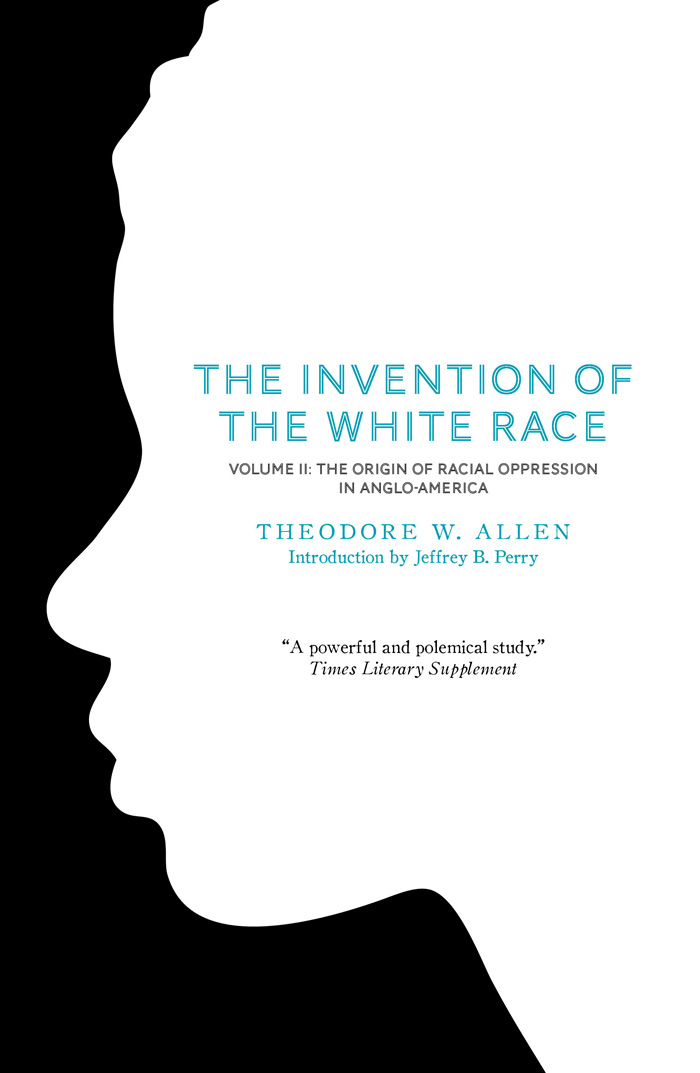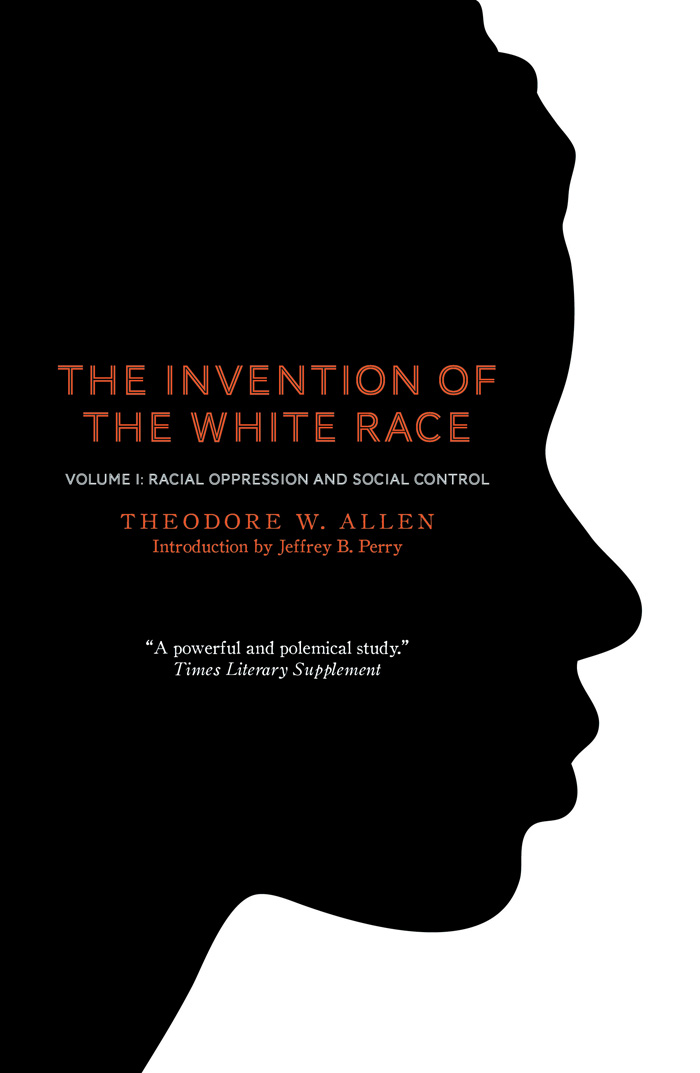White Debt: Reckoning with what is owed — and what can never be repaid — for racial privilege.Posted in Articles, History, Media Archive, Politics/Public Policy, Social Science, United States on 2015-12-06 04:00Z by Steven |
White Debt: Reckoning with what is owed — and what can never be repaid — for racial privilege.
The New York Times
2015-12-02
Eula Biss. Professor of Instruction
Department of English
Northwestern University, Evanston, Illinois

Illustration by Geoff McFetridge
The word for debt in German also means guilt. A friend who used to live in Munich mentioned this to me recently. I took note because I’m newly in debt, quite a lot of it, from buying a house. So far, my debt is surprisingly comfortable, and that’s one quality of debt that I’ve been pondering lately — how easy it can be.
I had very little furniture for the first few months in my new house and no money left to buy any. But then I took out a loan against my down payment, and now I have a dining-room table, six chairs and a piano. While I was in the bank signing the paperwork that would allow me to spend money I hadn’t yet earned, I thought of Eddie Murphy’s skit in which he goes undercover as a white person and discovers that white people at banks give away money to other white people free. It’s true, I thought to myself in awe when I saw the ease with which I was granted another loan, though I understood — and, when my mortgage was sold to another lender, was further reminded — that the money was not being given to me free. I was, and am, paying for it. But that detail, like my debt, is easily forgotten.
“Only something that continues to hurt stays in the memory,” Nietzsche observes in “On the Genealogy of Morality.” My student-loan debt doesn’t hurt, though it hasn’t seemed to have gotten any smaller over the past decade, and I’ve managed to forget it so thoroughly that I recently told someone that I’d never been in debt until I bought a house. Creditors of antiquity, Nietzsche writes, tried to encourage a debtor’s memory by taking as collateral his freedom, wife, life or even, as in Egypt, his afterlife. Legal documents outlined exactly how much of the body of the debtor that the creditor could cut off for unpaid debts. Consider the odd logic, Nietzsche suggests, of a system in which a creditor is repaid not with money or goods but with the pleasure of seeing the debtor’s body punished. “The pleasure,” he writes, “of having the right to exercise power over the powerless.”…
…Whiteness is not a kinship or a culture. White people are no more closely related to one another, genetically, than we are to black people. American definitions of race allow for a white woman to give birth to black children, which should serve as a reminder that white people are not a family. What binds us is that we share a system of social advantages that can be traced back to the advent of slavery in the colonies that became the United States. “There is, in fact, no white community,” as Baldwin writes. Whiteness is not who you are. Which is why it is entirely possible to despise whiteness without disliking yourself…
Read the entire article here.








